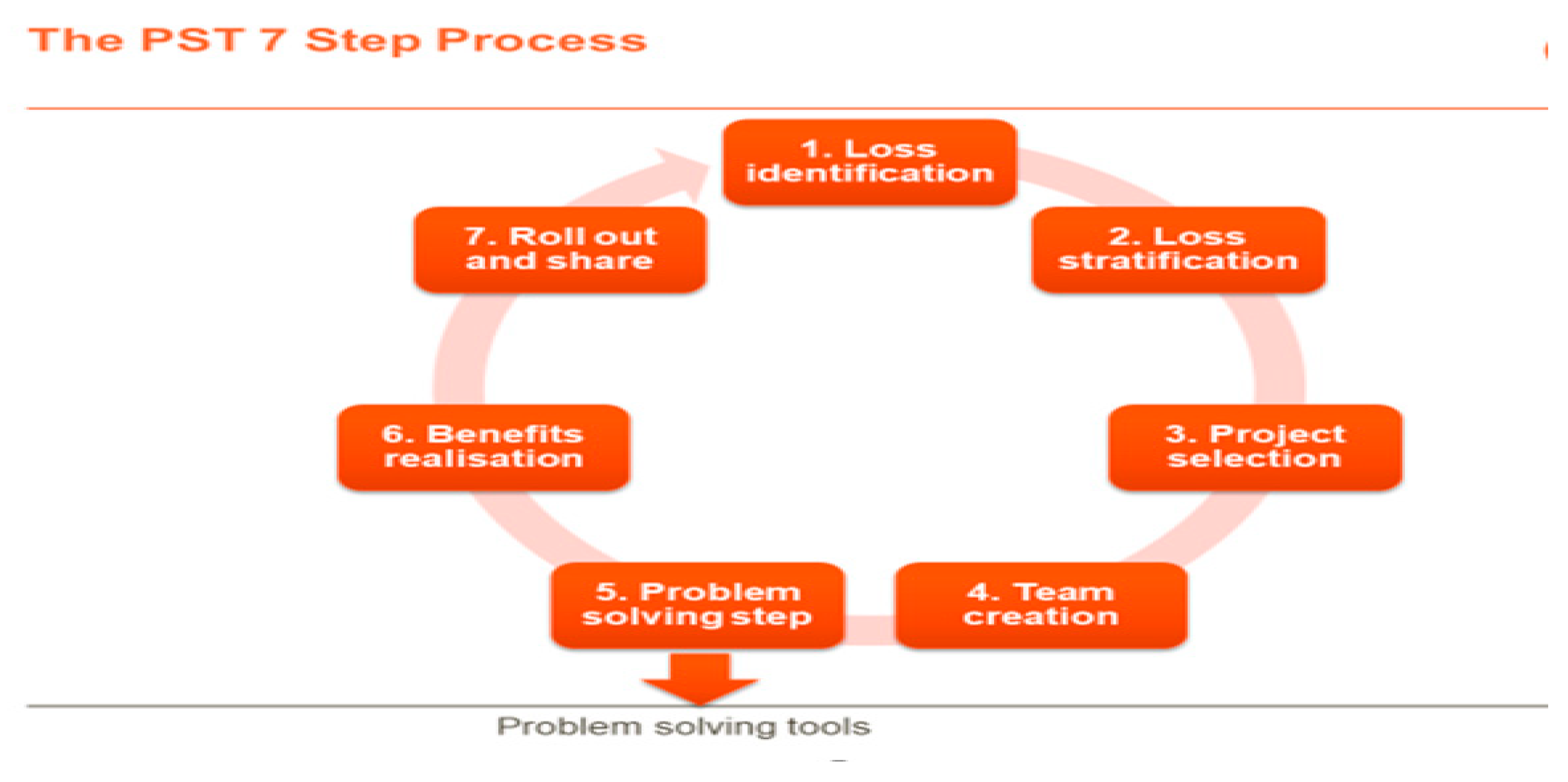Table of Contents
Introduction
Six Sigma is a methodology used by organizations to improve processes, reduce variability, and enhance overall operational efficiency. It is a data-driven approach that focuses on identifying and eliminating defects or errors in a process to achieve near-perfect performance.
The Origin of Six Sigma
Six Sigma was first developed by Motorola in the 1980s and later popularized by General Electric. The term “Six Sigma” refers to a statistical measure that quantifies how far a process deviates from perfection. The goal is to minimize process variations and bring it within the Six Sigma quality standard, which allows only 3.4 defects per million opportunities.
The DMAIC Methodology
Six Sigma follows the DMAIC methodology, which stands for Define, Measure, Analyze, Improve, and Control. This structured approach helps organizations systematically identify areas of improvement and implement effective solutions.
| Phase | Description |
|---|---|
| Define | Clearly define the problem, project goals, and customer requirements. |
| Measure | Collect data on the current process and assess its performance. |
| Analyze | Identify the root causes of defects and analyze potential improvement strategies. |
| Improve | Implement solutions and verify their effectiveness. |
| Control | Maintain process stability and establish control mechanisms to prevent future defects. |

Credit: www.mdpi.com

Credit: www.facebook.com
The Benefits of Six Sigma
Six Sigma provides numerous benefits to organizations, including:
- Improved customer satisfaction by delivering high-quality products or services.
- Increased efficiency and productivity through process optimization.
- Reduced costs by minimizing defects, rework, and waste.
- Enhanced decision-making based on data and analysis.
- Culture of continuous improvement fostered within the organization.
Six Sigma Belts
Six Sigma assigns different belt levels to individuals based on their expertise and involvement in implementing the methodology:
- Yellow Belt: Basic understanding of Six Sigma concepts and tools.
- Green Belt: Involved in process improvement projects as team members.
- Black Belt: Leads projects and drives process improvement efforts.
- Master Black Belt: Trains and mentors Black Belts within the organization.
- Champion: Sponsors Six Sigma projects and provides resources and support.
Six Sigma Tools
Six Sigma employs various statistical tools and techniques to analyze data and drive improvement. Some commonly used tools include:
- Pareto Chart: Helps identify and prioritize the most significant causes of defects or errors.
- Control Chart: Monitors process performance and detects variations.
- Fishbone Diagram: Visualizes the potential causes of a problem to identify root causes.
- Failure Mode and Effects Analysis (FMEA): Assesses potential failure modes and their impact.
- Process Capability Analysis: Evaluates whether a process is capable of meeting customer requirements.
Conclusion
Six Sigma has proven to be an effective methodology for organizations striving for process excellence. By implementing the DMAIC approach and utilizing various tools, businesses can achieve significant improvements in quality, efficiency, and customer satisfaction. It empowers organizations to make data-driven decisions and fosters a culture of continuous improvement. With its ability to reduce defects and optimize processes, Six Sigma remains a powerful approach for achieving operational excellence.
